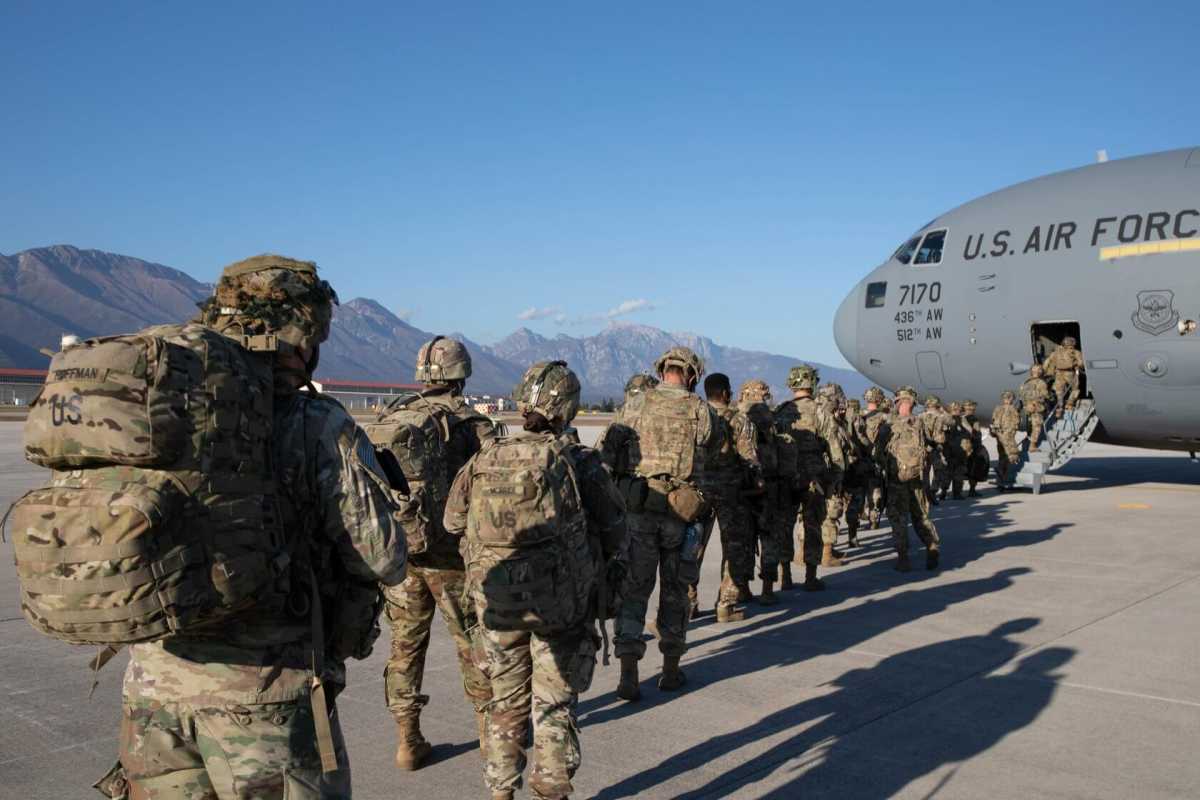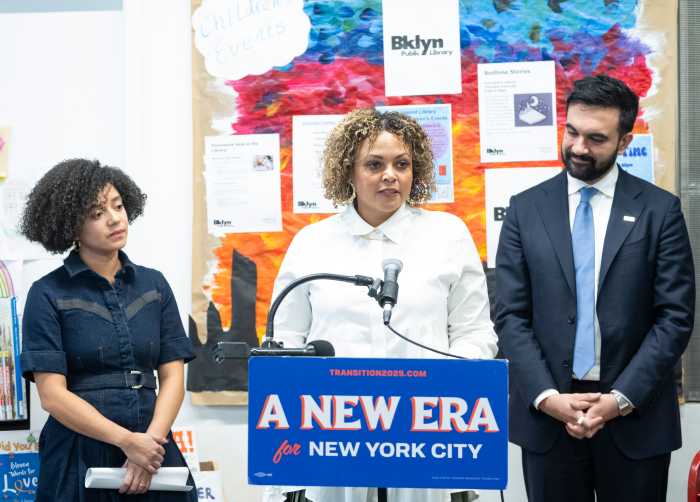A new report published December 28 on JAMA Network Open found that lesbian, gay, and bisexual (LGB) veterans are at greater risk of suicide than the general population.
Data from more than 96,000 LGB veterans revealed that suicide accounted for 3.8 percent of deaths among LGB veterans in 2017 alone, while suicide accounted for 1.7 percent of deaths in the general US population.
Moreover, suicide was ranked fifth on the list of top causes of death among LGB vets in 2017, while it ranked 10th among the general population.
Between 2000 to 2017, 436 LGB veterans had died of suicide, with men accounting for at least 346 deaths compared with 90 women.
Research suggests stigma is a possible factor. Experts pointed to a report published in the New England Journal of Medicine in 2010, “Health Hazards of ‘Don’t Ask, Don’t Tell,” which showed that the policy excluding queer service members caused them to hide their sexual history from clinicians. This was detrimental to their sexual health, and because of this, sexually transmitted infections and STDs went undiagnosed, service members and their partners went untreated, and lesbian, gay, and bisexual patients lacked information about HIV and STD prevention.
“Compounding effects of minority stress may contribute to excess death by suicide among [LGB] veterans,” wrote researchers. “However, to our knowledge, no studies have examined suicide mortality among veterans based on [LGB] status.”
According to researchers, LGB populations often experience chronically high levels of stress including depression, poor health, abusive childhoods, homelessness and sexual violence.
While the data largely covered suicides among older, white, queer men, LGB women of color were also disproportionately impacted by suicide. The report noted that LGB women who died by suicide were more likely to be young and Black.
One of the study’s limitations is that researchers did not include transgender veterans. However, the report does note existing research showing that from 2000 to 2009, LGB veterans who used Veterans Health Administration (VHA) services had similar suicide rates to trans service members. LGB veterans also experience more suicide attempts.
A lengthy history of homophobic military policies is tied to this issue. In 1994, “Don’t Ask Don’t Tell,” went into effect and only allowed queer people to serve in the military if they did not disclose their sexual orientation.
“In the records of the thousands of discharges that occurred, service members conveyed how a heightened culture of fear and secrecy emerged around them from the suspicion of [LGB] status because of the use of [LGB] allegations to punish service persons,” the report states.
While that ban ended in 2011, the military is still discriminatory. Along with the ban on transgender military members, the VHA does not cover gender-affirming surgeries. Studies have shown that providing this care is life-saving for trans, non-binary and gender-non-conforming people. Plus, it leads to long term mental health benefits including reduced psychological treatment.
An army veteran with 26 years of experience who spoke to Gay City News on December 30 explained that years of isolation, discrimination from VHA doctors, and the threat of bad papers based on a person’s sexual or gender identity are contributing to these suicide statistics.
To complement the data on LGB veterans, researchers used data from 8 million US veterans enrolled in the Veterans Health Administration from October 1999 to September 2017. Officials parsed data detailing sexual orientation from clinical notes. Experts calculated the suicide mortality rate using sexual minority data along with statistics from the National Death Index, a database tracking the deaths of participants from scientific studies.
Ultimately, experts concluded that more research is needed on how suicide prevention efforts are reaching LGB veterans.
To sign up for the Gay City News email newsletter, visit gaycitynews.com/newsletter.





































